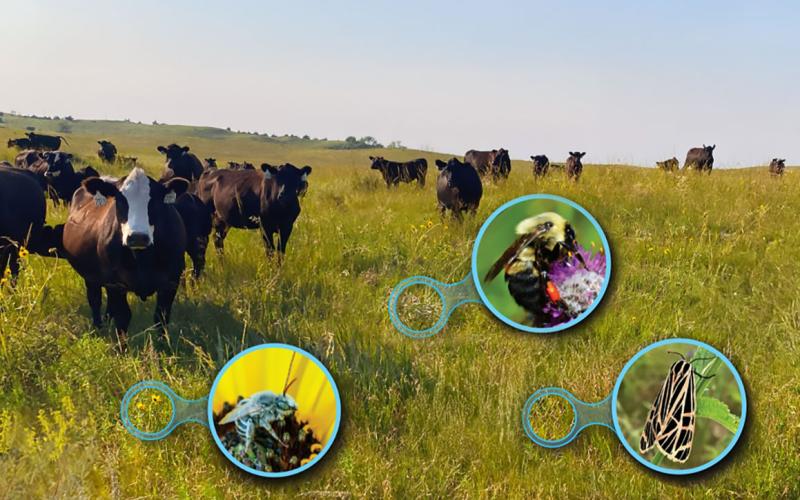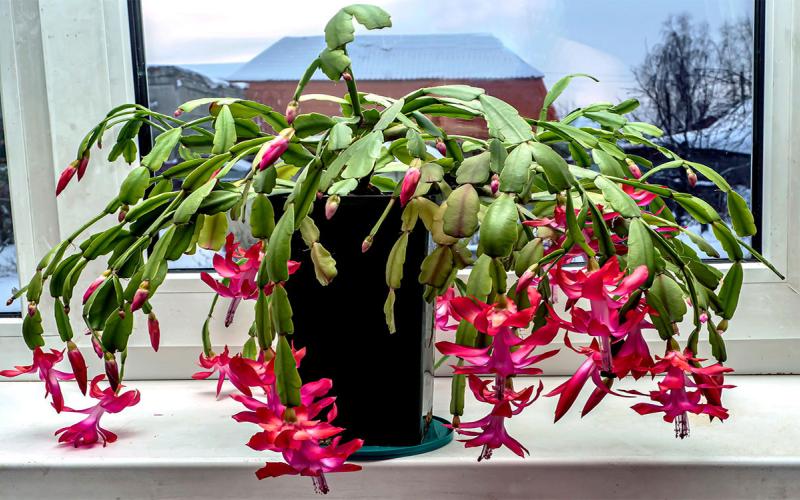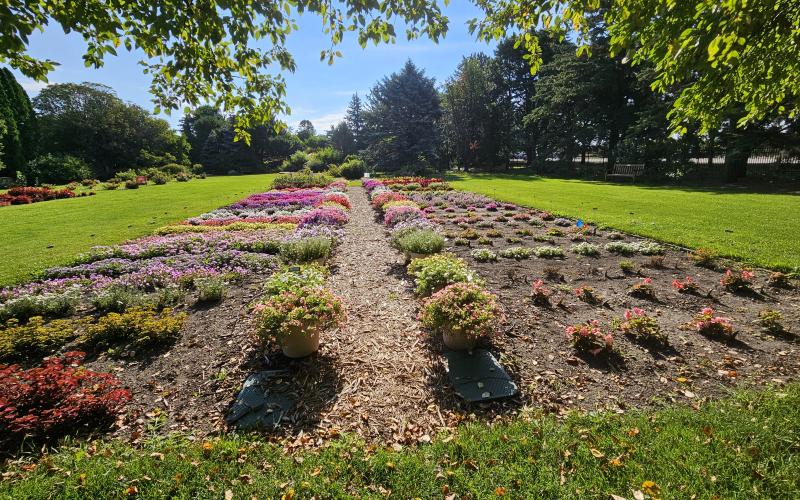Written collaboratively by Deserae Emmett, John Ball and Amanda Bachmann
The Black Hills encompass more than a million acres of ponderosa pine forests. These forests provide clean water for drinking and irrigation, recreation opportunities, habitat for fish and wildlife, and forest products, among others. One forest product often forgotten is pollination service.
Insect pollinators residing in forests are essential for the reproduction of many of our forbs and flowering shrubs that live on the forest floor. These insects can also migrate from nearby forests to pollinate plants in gardens, orchards, and fields.
Acknowledgement
We appreciate the financial support for this project by Neiman Enterprises, Inc, Hulett, WY


